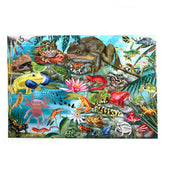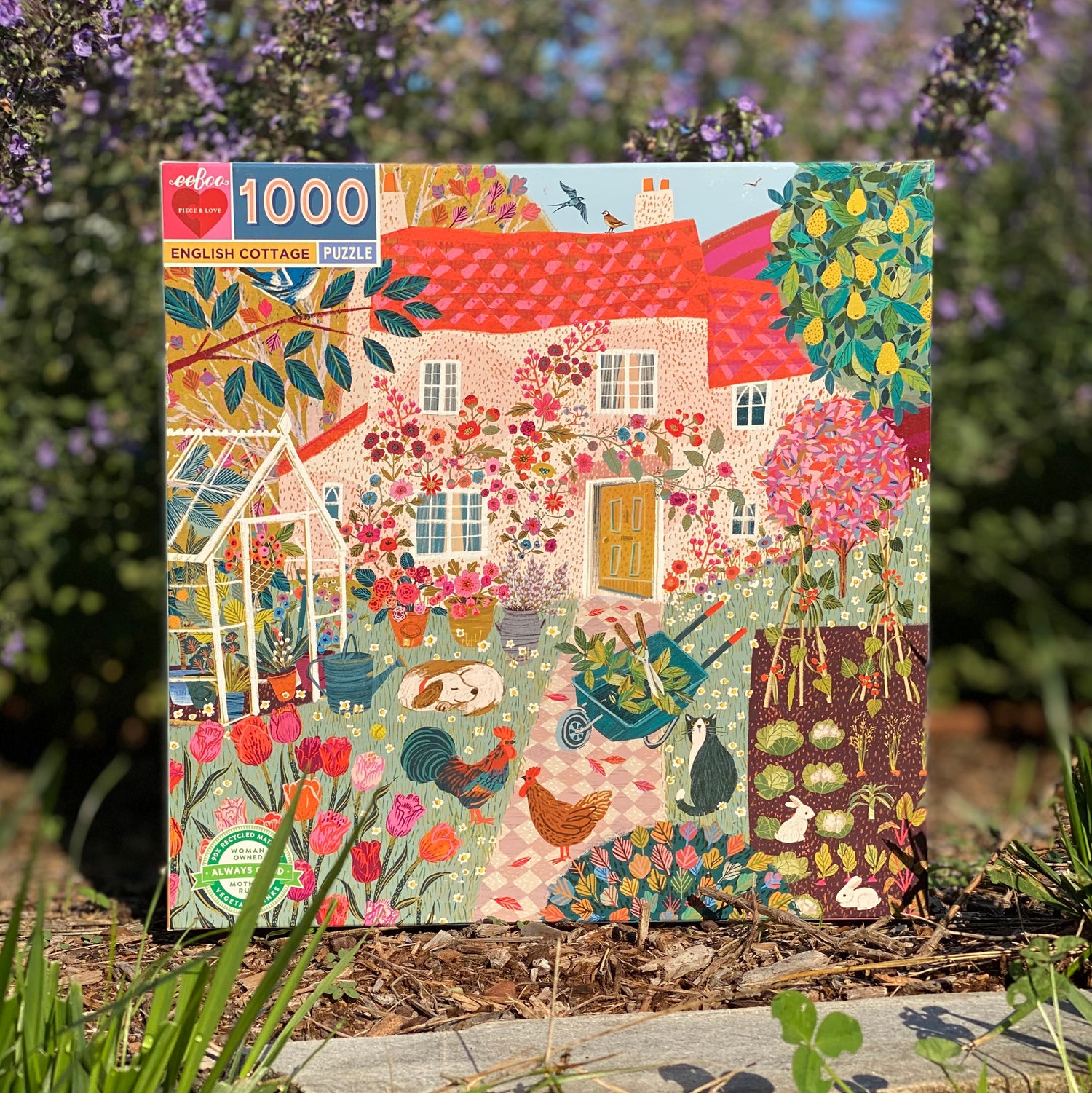The difficulty of a jigsaw puzzle is influenced by several factors, ranging from the number of pieces to the complexity of the image and the design of the pieces themselves.
Considerations for Choosing a Puzzle Level:
- Experience Level: Beginners should start with simpler puzzles to build confidence, while intermediate and expert puzzlers might seek more challenging designs.
- Time Availability: If you have limited time, choose a lower piece count or simpler image. If you enjoy long, immersive projects, higher piece counts and complex images can be more satisfying.
- Interest in the Image: Regardless of difficulty, pick a puzzle with an image that captivates you, as this will keep you motivated to complete it.
Here's a breakdown of what makes a jigsaw puzzle easier or more difficult:
1. Number of Pieces:
- Easy: Puzzles with fewer pieces (e.g., 100 to 500 pieces) are generally easier because there are fewer combinations to consider and each piece covers a larger portion of the image.
- Difficult: Puzzles with a higher piece count (e.g., 1,000 to 5,000 pieces or more) are more challenging because each piece covers a smaller portion of the image, leading to more potential placements and a longer completion time.
2. Image Complexity:
- Easy: Puzzles with simple, distinct images are easier. Clear sections, such as large areas of a single color or easily identifiable objects (e.g., a cartoon character against a solid background), make it easier to categorize and assemble the pieces.
- Difficult: Complex images with intricate details, similar colors, or abstract designs increase the difficulty. For example, a puzzle depicting a field of flowers, a forest, or a gradient of colors might be more challenging due to the subtle differences between pieces.
3. Color Distribution:
- Easy: Puzzles with a wide variety of colors that are evenly distributed across the image are easier because it's easier to sort and group pieces by color.
- Difficult: Puzzles with large sections of a single color or similar shades (e.g., a clear blue sky or a monochromatic scene) are harder, as it's more challenging to differentiate between pieces.
4. Piece Shape and Cut:
- Easy: Standard puzzle pieces with distinct, regular shapes and clear edges are easier to work with. These pieces typically fit together in obvious ways.
- Difficult: Puzzles with irregular or similar-shaped pieces are more challenging. For example, puzzles where many pieces have the same shape or where the pieces are cut in unusual ways (e.g., whimsies, which are shaped like animals or other objects) can be more difficult because it's harder to determine where they belong.
5. Edge Complexity:
- Easy: Puzzles with a clearly defined border or edge are easier because you can start by assembling the edges, providing a clear framework for the rest of the puzzle.
- Difficult: Puzzles without a clear edge (such as round or borderless puzzles) or puzzles where the edge pieces are not immediately distinguishable can be more challenging.
6. Pattern and Repetition:
- Easy: Puzzles with distinct patterns and minimal repetition are easier because the unique patterns help in identifying where each piece belongs.
- Difficult: Puzzles with repetitive patterns or symmetrical designs (e.g., a checkerboard or a mosaic with repeating elements) are harder because multiple pieces may look similar or identical, making it difficult to find the correct placement.
7. Puzzle Theme:
- Easy: Puzzles with familiar or themed images (e.g., a favorite movie scene, a well-known landmark) can be easier because familiarity with the subject matter can guide you in placing the pieces.
- Difficult: Abstract or obscure themes, where the image doesn’t have recognizable elements, increase the difficulty since there's less context to guide assembly.
8. Experience Level:
- Easy: For someone with little experience, starting with simple images and fewer pieces is ideal.
- Difficult: Experienced puzzlers might find more satisfaction in complex puzzles with a higher degree of difficulty, requiring advanced strategies and greater patience.
The combination of these factors determines the overall difficulty of a jigsaw puzzle. By understanding what makes a puzzle challenging, you can choose the right level for your skill and experience.
Some examples:
Dogs of the World 500 piece is one of our easier puzzles due to easy to delineate sections, clear color borders between sections, and even though it has a round border, the color sections make it easy to tell which edge pieces align.
Paris in a Day 1000 piece is an Intermediate puzzle. It has a clear delineation of sky and buildings. Some areas have swaths of color making them easy to sort but there are small details proving a challenge for long time puzzlers. These details have made Paris in a Day a best seller year after year.
Sunshine Garden 1000 piece is one of our most difficult puzzles due to the various patterns, repeating colors, and hard to distinguish sections.





















